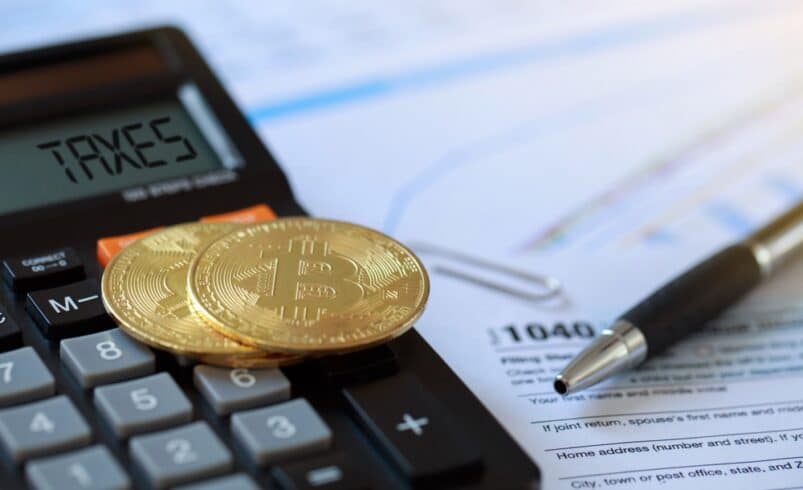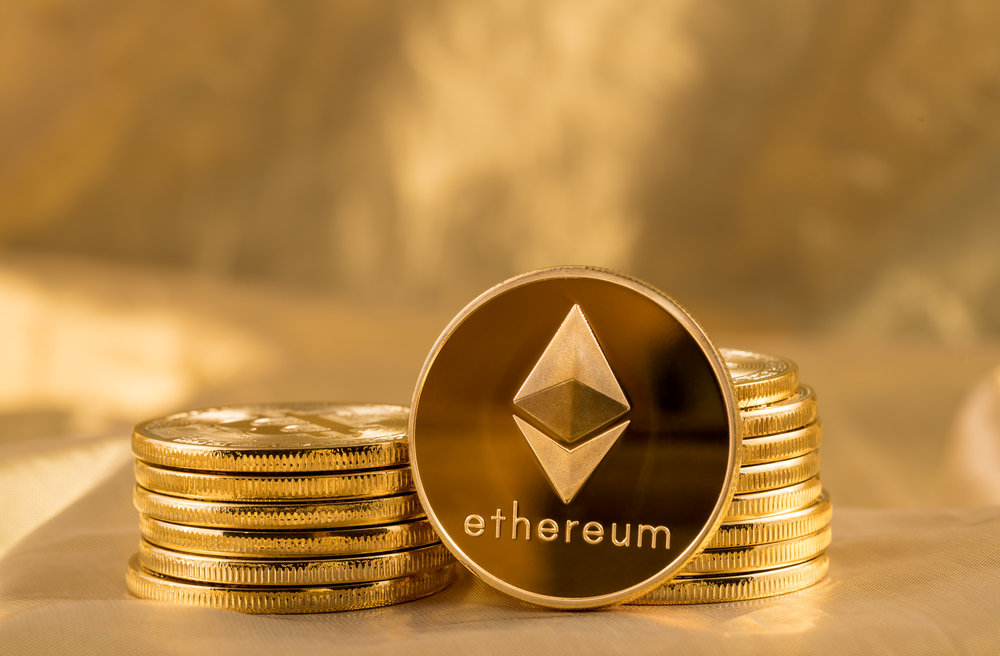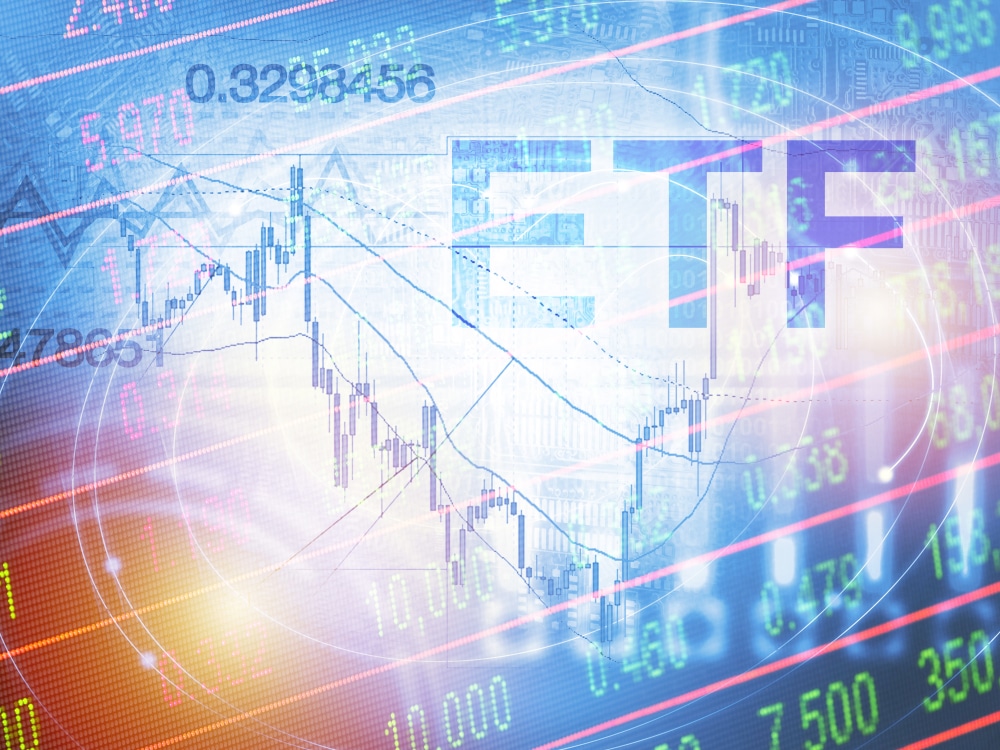All You Need To Know About Tokenized Commodities

What is Tokenization?
Tokenization is the process of representing the value of real-world assets in the form of cryptocurrencies. These cryptocurrencies are issued by a blockchain and they are based on the total amount of reserves of an asset class or investible product. These assets can range from stocks, bonds, commodities, real estate, and other types of tradeable goods.
The issuers are under obligation to maintain the proportional reserves in the same amount as denoted to investors. The investors who purchase these tokenized currencies may be able to redeem them their cryptocurrencies in exchange for the RWA in the ratio of its latest spot value.
What are Tokenized Commodities?
Tokenized commodities are cryptocurrencies that are based on or pegged to the value of various types of commodities. These commodities can range from products such as oil, gas, diesel, agricultural products, precious metals, and other tangible assets.
The process of tokenizing commodities means allowing investors to purchase their ownership rights through digital coins issued on a blockchain. These tokens may be partially owned or accessible to investors and represent a portion or whole of underlying commodity.
Working Mechanism of Tokenized Commodities
Tokenized commodities are generated via tokenization and tokens are issued on a blockchain network. In this manner, the tokenized assets have a secure storage, decentralized trading facility, smart contract recording, and redemption option facilitated by issuers. Here are some important steps involved in commodity tokenization:
Launch
Tokenized commodities allow issuers to divide the propriety of underlying assets in the form of digital tokens through the process of tokenization. This process entails issuing tokens via a blockchain network with the assistance of exchange or specialized tokenization platforms.
Storage and Custody
The issuers have to ensure the custody and secure storage for the commodity reserves that they have tokenized. It can be done via custodial options or smart contracts to incorporate a secure storage and manage RWAs. At the same time, in this way investors get an assurance regarding the authenticity and security of backed assets based on storage records and audit reports.
Trading
After the tokenization process is completed, they are prime assets for decentralized exchanges and peer-to-peer (P2P) trading platforms. Blockchain networks introduce international liquidity and accessibility to the tokenized commodities.
In this way, there is a better liquidity, efficiency, accessibility, and transparency for investors. At the same time, smart contracts ensure smooth transactions while maintain trust and security.
Redemption
Token holders are able to exchange their underlying assets. It can be done through issuers or smart contracts that facilitate the redemption process. In this manner, the investors have a better insight about the latest changes taking place in the backed reserves of a tokenized commodity project.
At the same time, the investors have a greater independence to convert their holdings into tangible assets.
Types of Tokenized Commodities
Here are some of the most popular forms of tokenized commodities:
Precious Metals
Precious metals include gold, silver, and platinum. These metals can be tokenized and investors can purchase fractional ownership by purchasing a cryptocurrency. At the same time, investors are saved from the hassle of physical storage. The precious metals in tokenized form become more accessible and allow investors to hedge and introduce better diversification in their investment portfolios.
Energy Resources
Oil, natural gas, and renewable energy certificates are also types of commodities that are tokenized. In this manner, the investors can not only diversify their portfolios but also incorporate allocation in their trading activities. Tokenization also removes obstacles such as logistical constraints that bar a bigger number of investors from accessing the assets in energy sector.
Agricultural Products
Agricultural products such as corn, wheat, cotton, soybeans, and others are able to generate massive traction among investors in the form of tokenized products. In this manner, there is a better efficiency and accessibility of blockchain-based tokenized agricultural products that also double as diversification and hedge inflation for investors/
Real Estate
Property and land can also be tokenized and sold on a blockchain. An important advantage of real estate tokenization is the fractional investment that allows investors with small budgets to purchase units that were otherwise impossible.
Conclusion
It is important for investors to be able to distinguish between commodity-backed cryptocurrencies and tokenized commodities. The former is used for hedging, stability, indirect ownership, and digital storage while the late offers direct commodity exposure, direct ownership, and has a physical storage requirement.












